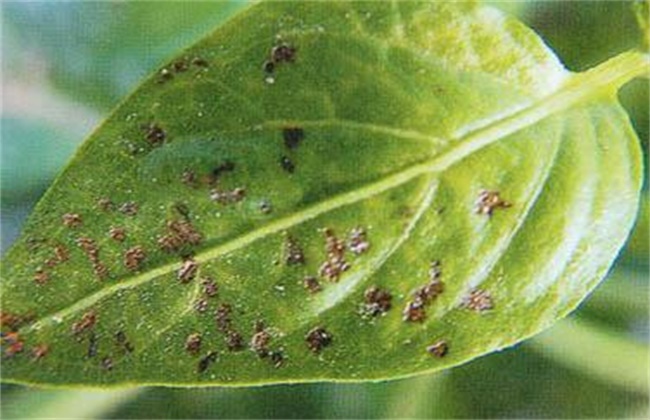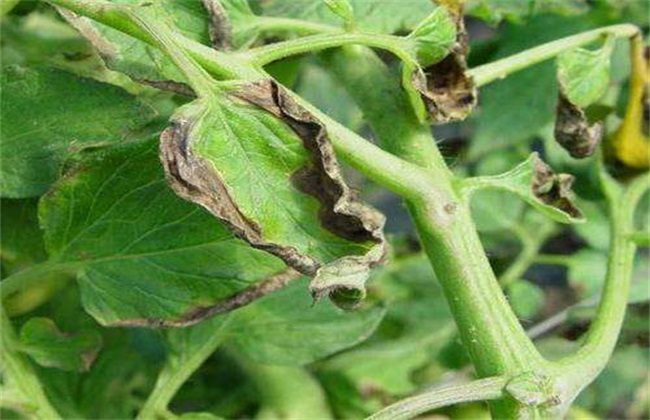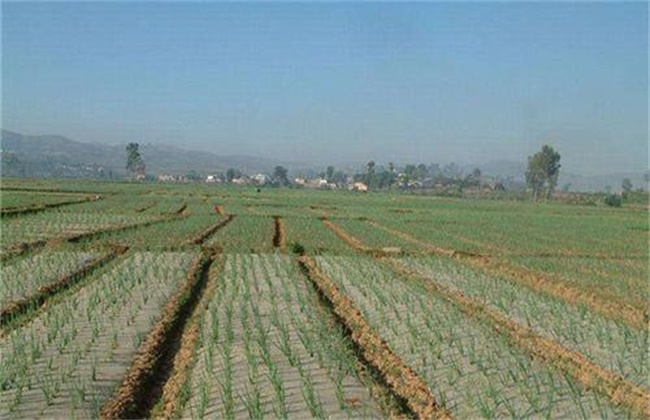Four diseases most likely to occur in growing vegetables in winter
After the beginning of winter, the temperature gradually drops, and it is about to enter winter. At this time, planting vegetables is often disadvantageous to vegetable production because of the low temperature, and the extremely easy ventilation time is reduced, resulting in a four-degree increase in the greenhouse, creating conditions for the occurrence and prevalence of diseases. Let's take a look at the four diseases that are most likely to occur when growing vegetables in winter.

1. Leaf spot
Also known as brown spot and small yellow spot, it is common and harmful in cucumber cultivation in recent years, especially in winter, it is easy to form high temperature and low temperature environment, which creates favorable conditions for pathogen reproduction and infection. The main harm of the disease is not, the disease starts from the middle leaves, gradually extends downward, and is the most serious when the number of hanging melons is large. The common symptom is the formation of yellowish-brown spots on the leaves. Because of the different humidity in the field, the size of the disease spots can be divided into small spots, large spots and angular spots. The disease can be prevented and treated with pyridinamide, benzyl prochloraz, fluorobacterium oxime, fluorobacterium tebuconazole, Kangpzankai and other agents.
2. Grey mold
Botrytis cinerea is the most serious disease that occurs at low temperature, and the host range is very extensive, which can infect 400 kinds of crops, such as tomato, eggplant, cucumber, zucchini, leek and so on. Botrytis cinerea mainly infects flowers, fruits, leaves and stems of plants, starts from stigma or petals, and gradually spreads to fruits. Leaf infection starts from the injured or easily dewy leaf tip or edge, and extends inward in the shape of "V" along the veins. The disease can be prevented and treated with pythalide, isocourea, acetamivir, azolane fluoramide, Compson ash removal and other agents.
3. Downy mildew
Downy mildew is a typical disease with high humidity, and the temperature condition is not high, but the low temperature and low light environment in winter can easily lead to low humidity in the greenhouse and lead to the prevalence of downy mildew. It can harm many kinds of vegetable crops, such as cucumber, melon, towel gourd, lettuce and so on. It is the most serious disease in vegetable production. Because there are many harmful vegetables, there are some differences during the disease, so it can be prevented and treated with aldicarb, enoylmorpholine, fluorothiazolyl pyrazole ester, Kompson moisturizer and so on.
4. Late blight
Black stalk disease, also known as black rod disease, is one of the main diseases of overwintering tomato, which occurs seriously in the environment of low temperature and high humidity, especially in the conditions of sudden drop in temperature, continuous rainy days, severe haze and low temperature and low light. The disease can be prevented and treated with aldicarb, urea cyanide, enyl morpholine, fluorobacterium, fluorothiazolyl ethyl ketone, Kompson moisturizer and so on.
The above is the introduction of the four major diseases that are most likely to occur in growing vegetables in winter. I hope I can help you. If you want to know more about it, please follow us.
Related
- Where is it suitable to grow horseradish in China? it is expected to see the middle altitude horseradish in Alishan.
- How to prevent tomato virus disease reasonably? (Control methods included)
- Many people like to plant towel gourd on the balcony. What are the main points of this method and management?
- What crops can chili peppers be mixed with?
- Fertilization techniques and matters needing attention in Tomato
- What are the grafting techniques for peach seedlings in spring?
- Harm and control methods of root swelling disease of Chinese cabbage
- What are the pests of sweet potatoes? How to prevent and cure it?
- Symptoms, causes and Control methods of navel Rot in Tomato
- The cause of "Cucumber rotten bibcock" in Farmers' planting Cucumber and its Control Plan



